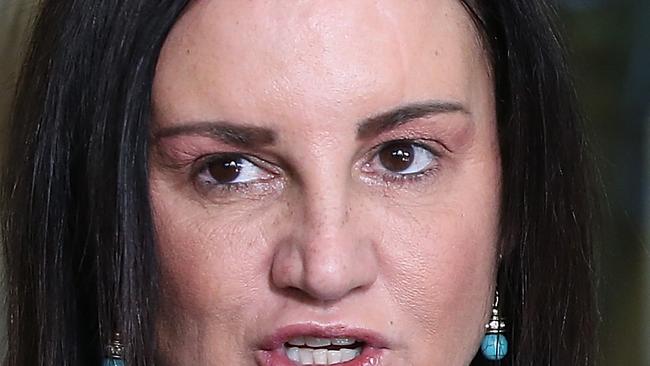High earners to carry Medicare burden
High-income earners will carry most of the burden of the government’s proposed increase in the Medicare Levy.

High-income earners will carry most of the burden of the Turnbull government’s proposed increase in the Medicare Levy, which will largely exempt those on low incomes.
Estimates by Deloitte show the top-earning 0.5 per cent of taxpayers — those with incomes of $700,000 and more — will pay a larger share of the increased Medicare Levy than the lowest-earning 25 per cent of taxpayers.
Deloitte partner Chris Richardson said: “People may not realise the extent to which the present tax burden does fall on the top end.”
Bill Shorten has contrasted the proposed 0.5 per cent increase in the Medicare Levy from July 1, 2019, with the lifting of the Abbott government’s budget deficit levy on high income-earners, which is legislated to end from July 1.
“This Prime Minister has chosen multinationals and millionaires, over middle- and working-class families,” the Opposition Leader said.
However, the approximately 50,000 people declaring taxable incomes of $1 million or more are already paying more in income tax than the Labor leader’s parliamentary salary of $368,000.
Someone earning $1m would face a tax liability of $459,600 now. The removal of the deficit levy and the addition of the Medicare levy increase would lower this to $448,230.
Deloitte’s estimates show that millionaires will cover 6.9 per cent of the cost of the Medicare levy increase, although they represent only 0.4 per cent of taxpayers.
The bottom 10 per cent of taxpayers, who number about 1.3 million, by contrast pay just 1.6 per cent of the additional levy.
Mr Shorten and Malcolm Turnbull would gain marginally from the end of the deficit levy and increase in the Medicare levy.
Excluding the Prime Minister’s considerable investment income, his parliamentary salary of $517,500 would face tax of $223,200. The removal of the deficit levy would lower this to $216,460, while the addition of the Medicare levy would raise it to $219,000.
For Mr Shorten, the calculations show that his net tax would drop by $1920, to $148,000.
Mr Richardson said the Gillard government had pioneered the use of the Medicare levy to support the funding of the National Disability Insurance Scheme.
“It is not a bad way to impose a broadbased burden,” he said. “The first half of this got done when we first started talking NDIS under Julia Gillard and the same arguments made then apply now.”
Deloitte estimates that to raise the same amount of money from retaining the deficit levy would require doubling the levy, which applies to incomes above $180,000, from 2 per cent to at least 4 per cent. This would raise the tax rate on earnings above $180,000 from 47 per cent to 51 per cent, which would be the highest top tax rate since the tax cuts introduced by the Hawke government in 1987.
The Rudd Labor government budgeted in 2008 to abolish the top tax rate by 2013-14, with just three brackets at 15 per cent, 30 per cent and 40 per cent, but dropped this when the financial crisis hit.
The Deloitte analysis shows that 18.3 per cent of taxpayers earn more than $100,000 a year, and they will pay 46.5 per cent of the additional Medicare levy.
Just 4.4 per cent of taxpayers earn more than $200,000, but they will cover 22.6 per cent of the additional Medicare levy.





To join the conversation, please log in. Don't have an account? Register
Join the conversation, you are commenting as Logout